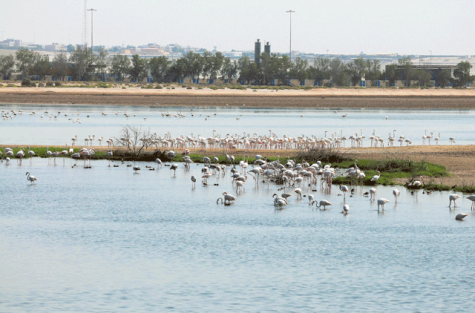It may seem strange, but six to eight million years ago Abu Dhabi was a land with rivers flowing through it that supported vast areas of lush grasslands.
“In Al Gharbia, we have a sequence of sands and clays that were deposited mainly by a river system,” said Dr Faisal Bibi, a paleontologist at the Museum für Naturkunde’s Leibniz Institute for Evolution and Biodiversity Science in Berlin.
“This ancient river system has been called the Baynunah River. Within those Baynunah sediments, we can find the remains of animals [and plants] that existed in the area at the time the river was active. The region had large, year-round freshwater flowing through it. This water would have sustained belts of vegetation around it, ranging from trees to grasslands.”
Dr Bibi says that the climate in the region can change yet again in the future, with factors such as global warming also playing a role.
“While we can’t predict the future, we know from studying the past that climate change occurred many times, sometimes in cycles. There may have been several periods of desertification going back millions of years. River systems such as the Baynunah might have come and gone several times.”
“However, with the current human-induced global warming crisis, conditions may get even drier in the near future.”
Link:
Abu Dhabi’s past a picture of natural beauty




















It unbelievable that six to eight million years ago Abu Dhabi was a land with rivers flowing through it that supported vast areas of lush grasslands. This is a good example of how our environment should be important to us and generations to follow.